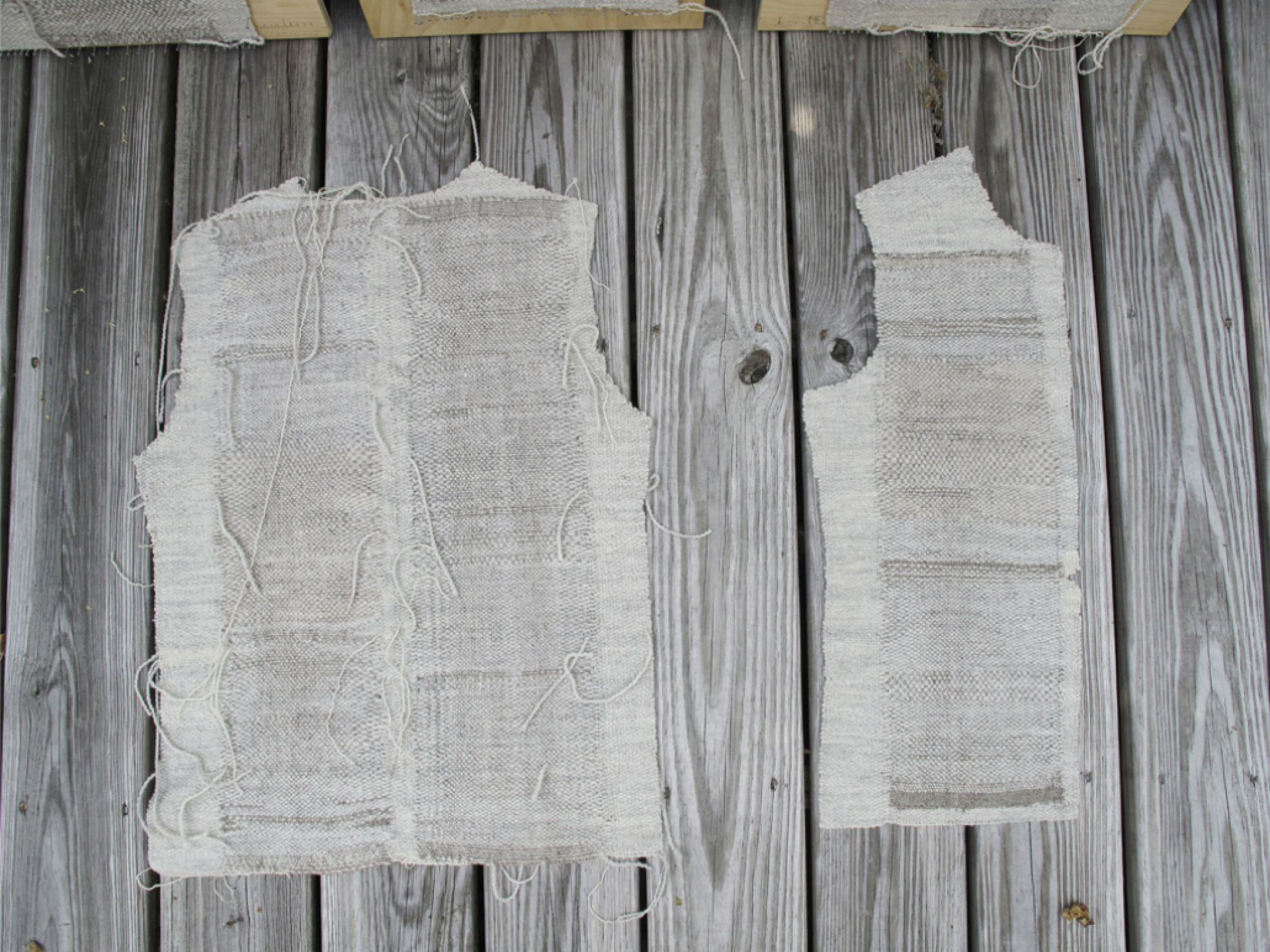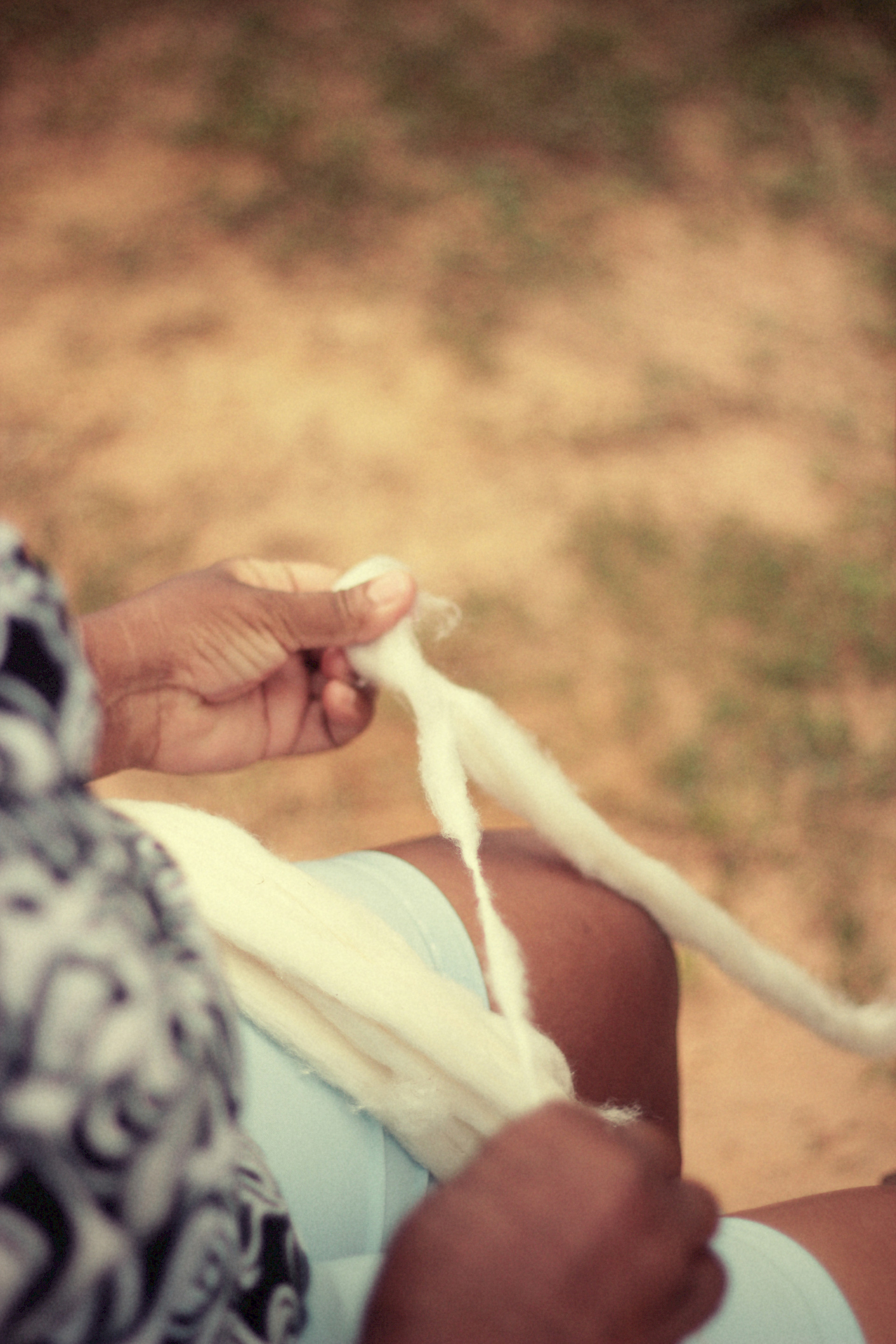Affirming a more ethical engagement with the material objects that surround our bodies necessarily entails doing more justice to fashion’s human dimension. An in-depth understanding of ‘embodiment’ is a necessary precondition when moving towards alternative systems. This also helps to acknowledge the ethical dimension of human subjective identity. We are all embodied subjects, and we have an embodied existence. Recognising this human dimension is also a process of acknowledging the agency of all people involved, doing justice to their active role of engagement and capacity to act. Dissolving the ego will acknowledge the subjective identities, physical bodies and, hence, the embodied existence of the human beings who make and/or wear clothes.
A focus on embodiment, as well as a deeper understanding of embodiment, is vital here. Embodiment can be understood as the lived experience of human beings. It is about living the body and experiencing who we are – and how we make sense of the world – through the
body. This understanding of embodiment comes from the existential philosophical tradition of phenomenology, as famously discussed
by Maurice Merleau-Ponty in Phenomenology of Perception (1945).

This phenomenological approach is important for fashion. While dress is an embodied practice (Entwistle 2000), the body is often used
as a blank slate onto which visual concepts, idealisations of identity and conditioned forms of aesthetics are projected.2Often this does not acknowledge the human subject’s – for example the model’s – embodied experience. There is an urgency to restore the subjective and embodied dimension of all human beings involved in the fashion system. Many human beings and bodies are exploited as dehumanised, objectified and commodified instruments to produce fashion.
To redefine our relationship to fashion – through a critical fashion discourse and when developing alternative systems – the embodied dimension needs to be taken into account. An embodied approach is important to fashion because bodies matter (Butler 1993). And bodies – and diverse embodied subjects – need to matter more. Since bodies are continuously exploited beyond their human existence, the condition of embodiment is not self-evident. A genuine acknowledgment of human beings’ embodied existence often is a struggle since many bodies do not have a space or voice in the system. For that reason, embodiment highlights the ethical dimension of human subjectivity, which is at the core of reclaiming the human dimension of fashion. This is where agency comes in again, for all human beings who create, produce, make, design and wear fashion and clothing. Recognizing their active role of engagement and capacity to act opens up the possibility to start from alternative, human values.

Working from alternative values, reclaiming fashion’s human dimension and thus highlighting the emotional value of material things are crucial for a critical fashion discourse, moving towards an alternative approach to fashion. This will also open up a deeper ethical and aesthetic dimension of fashion, which acknowledges the emotional bond between human subjects and material objects.
Read more in Dissolving the Ego of Fashion: Engaging with Human Matters. Book available at artezpress.artez.nl.
To know more about the mentioned works, please access goldenjoinery.com, friendsoflight.net and flaviaaranha.com.



